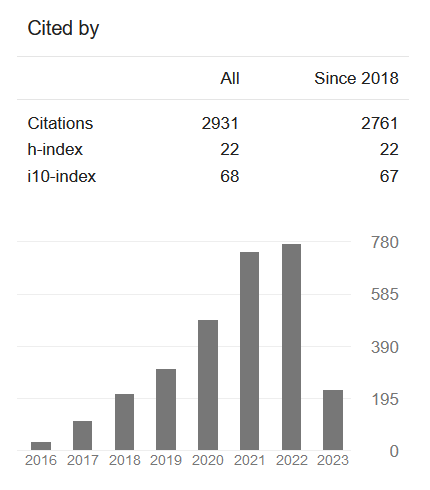A comparative Performance Analysis of 4x4 MIMO-OFDM system using Spatial Multiplexing under various Wireless Channels( Vol-1,Issue-8,November 2015 ) |
|
Author(s): Kishore Kumar Mali |
|
Keywords: |
|
|
3GPP, MIMO, MMSE, OFDM, QAM, SM, Eb/No |
|
Abstract: |
|
|
Multiple Input Multiple Output (MIMO) technology refers to wireless communication systems employing multiple antennas at either the transmitter end or the receiver end or both. In recent times, use of multiple transmit and receive antenna for enhancing spectral efficiency in a wireless system has established much interest in research field. The solution to obtain superior data rates and better range performance at the same time is OFDM integrated with MIMO technique which is based on IEEE 802.11n standard. The main trouble in front of the wireless multipath propagation is the interference between information symbols transmitted through neighbouring channels also called as Inter Symbol Interference (ISI). This could be avoided if we use OFDM technology. Thus MIMO combined with OFDM has got significant importance in future wireless communication system. The major properties of MIMO system involve Spatial Diversity and Spatial Multiplexing which are the main factors to discuss and matter of concern to achieve reliability and high speed data rate. In this paper, we study the performance gain of MIMO-OFDM systems. The main investigation carried out in the following paper is to deal with various Wireless channel models in Spatial Multiplexing (SM) mode. The paper deals with MIMO-OFDM system analysis in various Wireless channel models (Rayleigh, Rician, Nakagami and 3GPP channel Environment) focusing on error rate performance, throughput and Spectral gain in 4x4 MIMO scheme under OFDM system. Evaluation of Bit Error Rate and throughput with respect to varying Eb/No for 4x4 MIMO-OFDM in Spatial Multiplexing mode, employing 16 QAM modulation with N=128 OFDM subcarriers employing MMSE detection, is the baseline of this paper. |
|
Cite This Article: |
|
| Show All (MLA | APA | Chicago | Harvard | IEEE | Bibtex) | |
Share: |
|

 DOI:
DOI: 



























